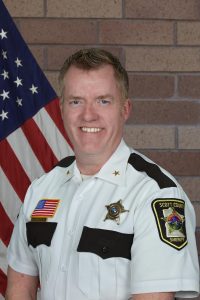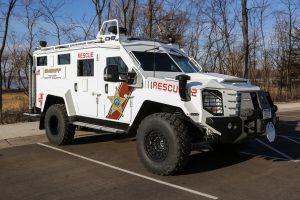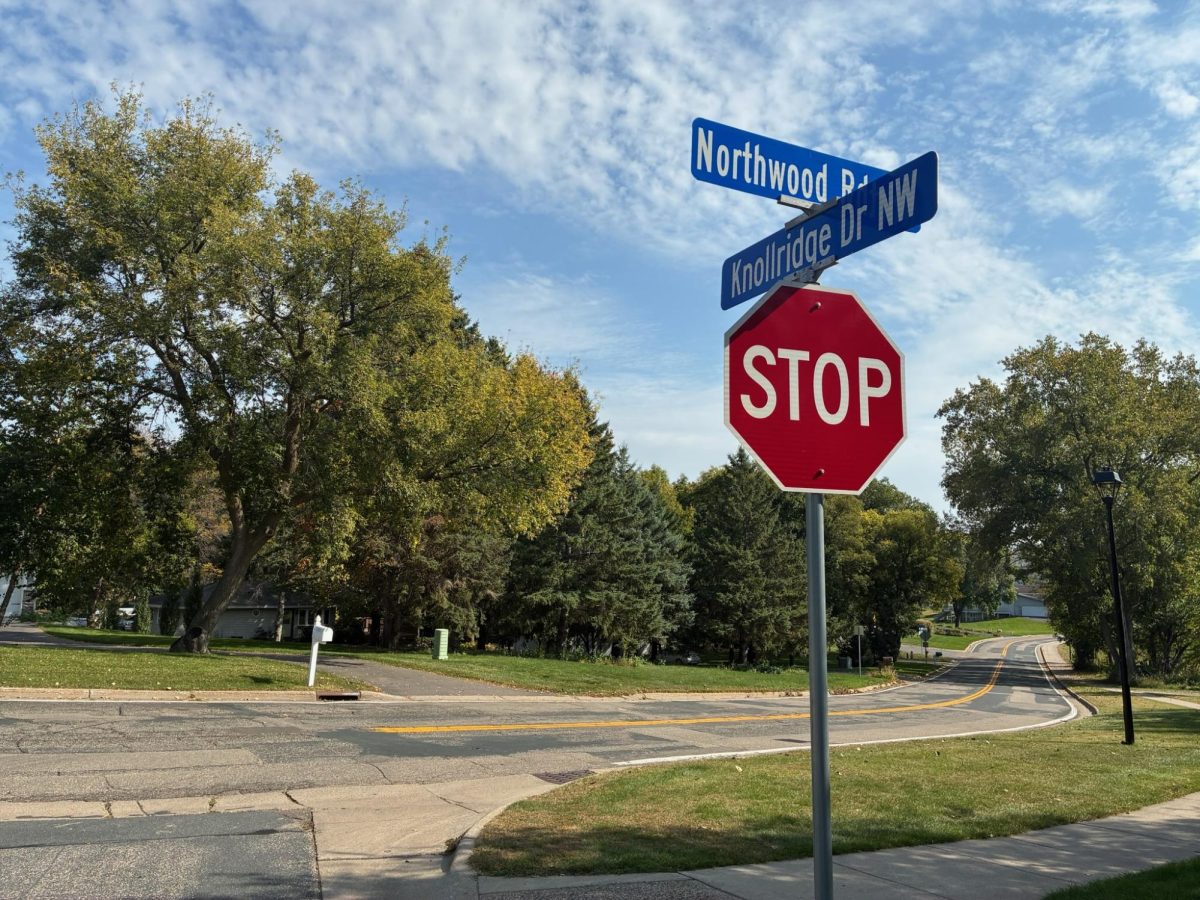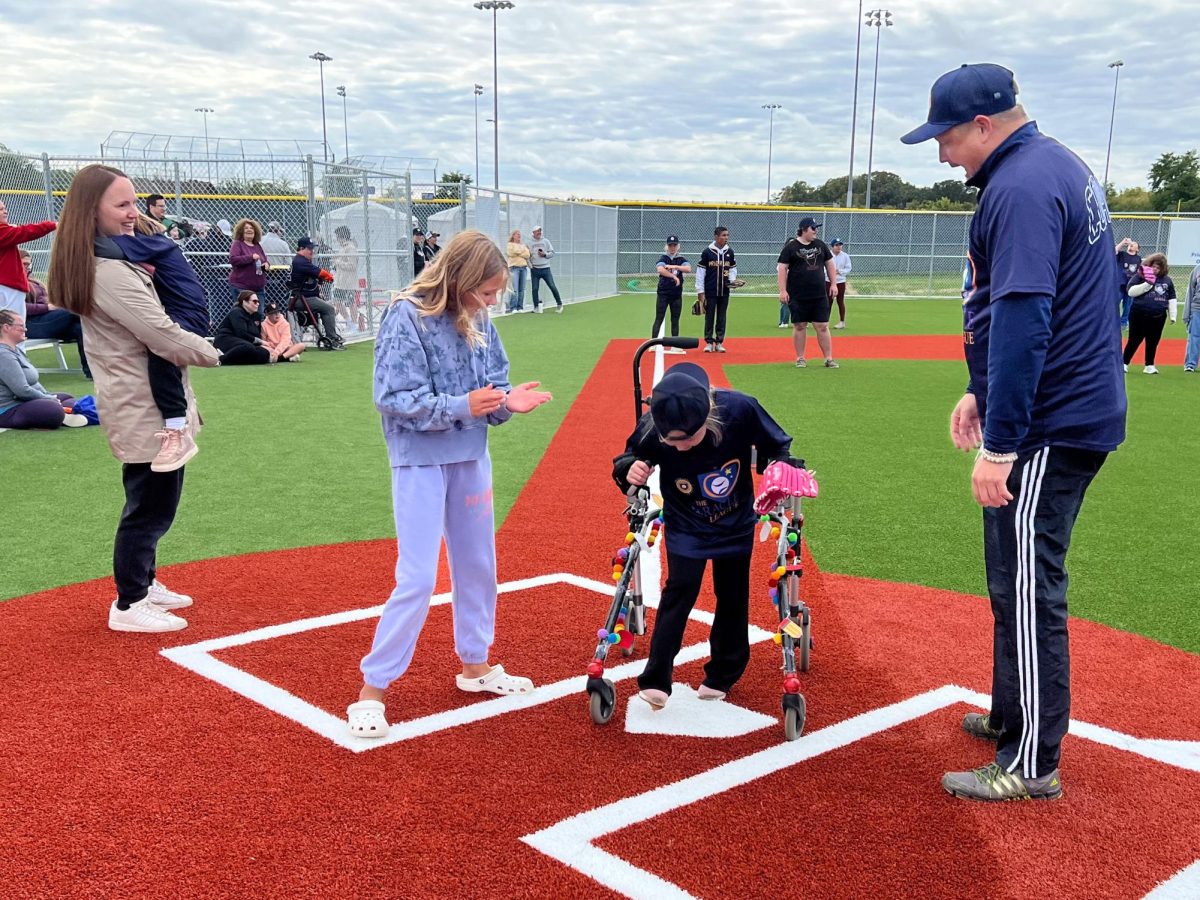Area residents woke up Saturday morning to the tragic news that Minnesota Speaker of the House Melissa Hortman and her husband had been murdered in their north metro home. That crime was quickly connected to the shooting of state Sen. John Hoffman and his wife, resulting in a two-day manhunt involving many law enforcement units throughout the Twin Cities area.
Once it became apparent that two lawmakers had been targeted in the attack, Scott County Sheriff Luke Hennen said there was a coordinated effort within the law enforcement community to locate other elected officials and ensure their safety. A manifest containing names of office holders was found in the suspect’s car. Public safety agencies quickly joined together in the mission to locate him.

Local state Sen. Eric Pratt expressed his thanks on Sunday for the protection provided by the Prior Lake Police Department for his family and neighbors. His name was not listed on the manifest. He expressed condolences for the Hoffman and Hortman families and asked that residents say a prayer for them.
Hennen said that as the weekend unfolded, it became evident his department and others would play a greater role in apprehending murder suspect Vance Boelter who lived in Sibley County, just west of his jurisdiction. Nor did he realize how many public safety units would be called into action for that purpose.
“It’s natural to provide assistance to a neighboring agency,” Hennen said. “No department has enough people or resources to do it alone. It was a Sibley County issue, but we and other departments throughout the Twin Cities were willing to help.”
Scott County sent its large armored rescue vehicle that was obtained through grant funding earlier this year to Sibley County. It is bullet-proof, equipped with enhanced technical abilities like thermal imaging and offers greater protection for officers. The unit was assigned to monitor the suspect’s home throughout the weekend.
The Tri-City Tactical Team, which serves as the Special Weapons and Tactics (SWAT) unit, was activated on Sunday. The unit is comprised of law enforcement officers from Scott and Carver counties, police personnel from Prior Lake, Savage, Shakopee, Chaska and New Prague, and paramedics from the Shakopee Mdewakanton Sioux Community. The team is highly trained to handle critical situations such as hostage negotiation and high-risk warrants.

That team has expanded over the years, according to Hennen, and its formation has allowed for better response times in handling dangerous situations, along with the ability to share resources. A governing board made up of representatives from all affiliated communities oversees the unit. It’s worked extremely well, he said, because there is a specific command structure that includes rotation of leadership roles and responsibilities.
Dispatch centers for Scott and Hennepin counties also stepped forward to lead tactical communications while Sibley County monitored its own emergency calls. Scott County also called in more deputies to make certain local communities were covered and personnel could respond to 911 calls.
Hennen said a big break in the case occurred Sunday morning. One of his deputies who lives in Sibley County went off duty, was driving to his home in Sibley County, and found a suspicious vehicle parked on the road he was traveling. He reported it to dispatch and soon found out it belonged to Boelter. Law enforcement units quickly responded, locked down the car and removed it from the area so it could not be used for escape.
Because the suspect’s home is located in a rural area of Green Isle, canine units and drones were also used to canvass fields and wooded areas. Drones are used on a much more frequent basis by public safety operations since more ground can be covered in shorter periods of time, many can detect human heat signatures and cameras contained in the unit can spot weapons or detect if others are in danger. Hennen said new technology has increased safety for officers and usually reduces the time it takes to resolve a dangerous situation.
He credits local residents for calling into emergency call centers with tips about the suspect. Hennen said that while new equipment helped find the suspect, residents stepping forward with information proved to be very helpful.
“Old school police work relies on witness reports and information provided by the public,” Hennen said. “We can have all the technology in the world, but community trust and relationships lead us to solving crimes.”
To the best of his knowledge, Hennen said the coordinated response that involved many law enforcement units over the weekend was one of the largest ever seen in Minnesota.
“This coordinated response highlights the value of regional partnerships and the strength of a well-integrated public safety network during high-risk incidents,” Hennen stated. “We’re grateful to our law enforcement and public safety partners for their dedication and professionalism. The community can take pride in the collaborative work that makes successful outcomes like this possible.”







